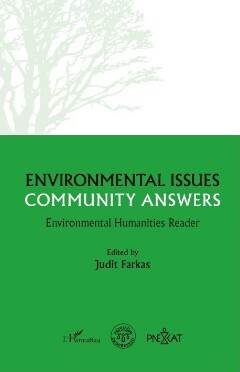Page 202 [202]
200 DOROTTYA MENDLY — MELINDA MIHÁLY
stance on the ecological crisis. It doubts that systems based on renewable energy
are capable of supplying sufficient energy for a globalized industrial culture. We
are facing an energy descent which means that with the depletion of cheap fossil
energy, globalized society will inevitably be transformed and localization will be
strengthened. Preparation for the energy descent requires a shift to a more localized
agriculture and energy supply (Leahy 2021: 195). Permaculture seeks innovative
solutions for meeting demand locally, with different focuses for the different stages
of the conceptual development of permaculture.
In the first phase of its conceptual development, permaculture focused primarily
on agriculture, seeking environmentally sustainable alternatives to industrial
agriculture, building on perennial plants instead of cereals (Mollison —- Holmgren
1978) and placing forest gardens in the center of planning. In the second phase,
the focus widened and thanks to organized education, the movement’s sphere of
influence was extended considerably. In addition to sustainable agriculture,
permaculture is also defined as a tool of urban design based on the ethics of care
(Mollison 1988). The ethics of permaculture (Earth care — People care — Fair share)
echo the basic principles of several feminist and green movements (e.g. eco-socialism,
eco-feminism). In the third phase, Holmgren (2002) further extended the concept
of permaculture, defining it as a planning system which ensures a sustainable society.
The conceptual focus of permaculture includes the principles of planning (see fig.
1) which rely on the studies of system ecology, a branch of systems theory.
e 1. Earth care & 2
°
: 9, e
a
s
+
© 7. Use and value renewable resources
æ 8. Design from patterns to details
®
®
~
®
Bi Kos
1. Creatively use and respond to change
2. Observe and interact
3. Catch and store energy, nutrients, and water
4. Obtain a yield
5. Apply self-regulation and accept feedback
6. Use & value diversity
N
N
Cc
5 2. People care
3. Fair share
9. Use edges and value the marginal x
10. Produce no waste
11. Use small and slow solutions
12. Integrate rather than segregate
Figure 1. The ethics and principles of permaculture.
Source: https://permacultureprinciples.com/resources/free-downloads/

